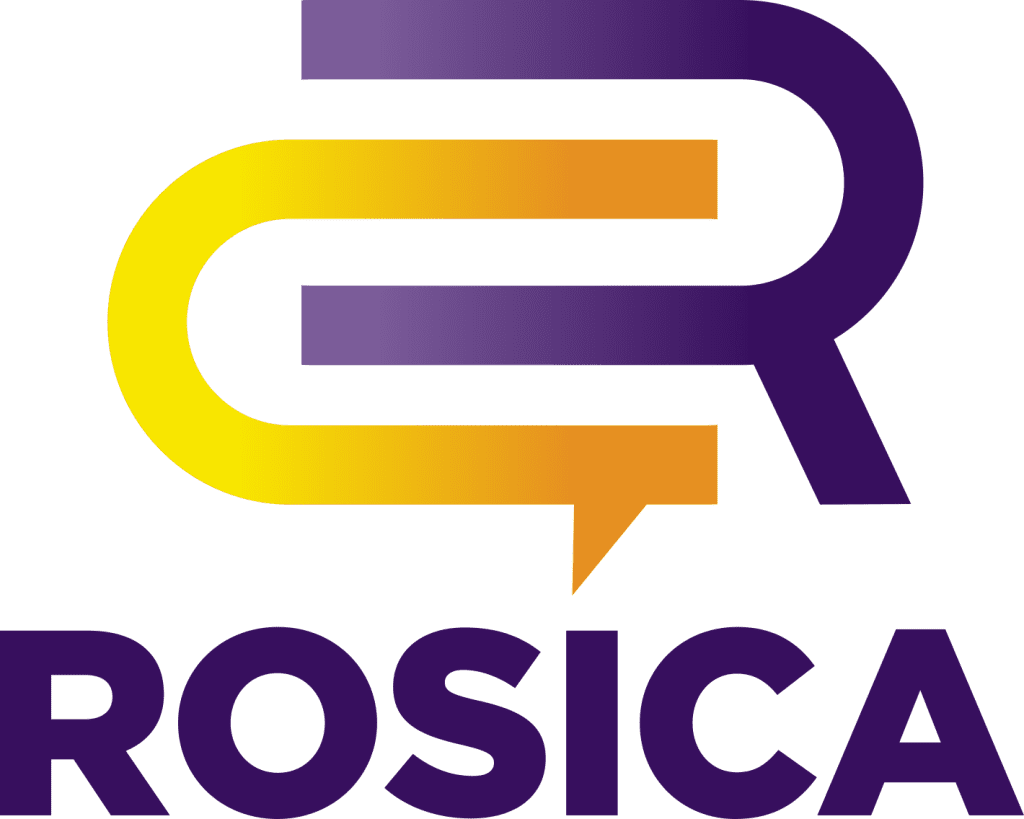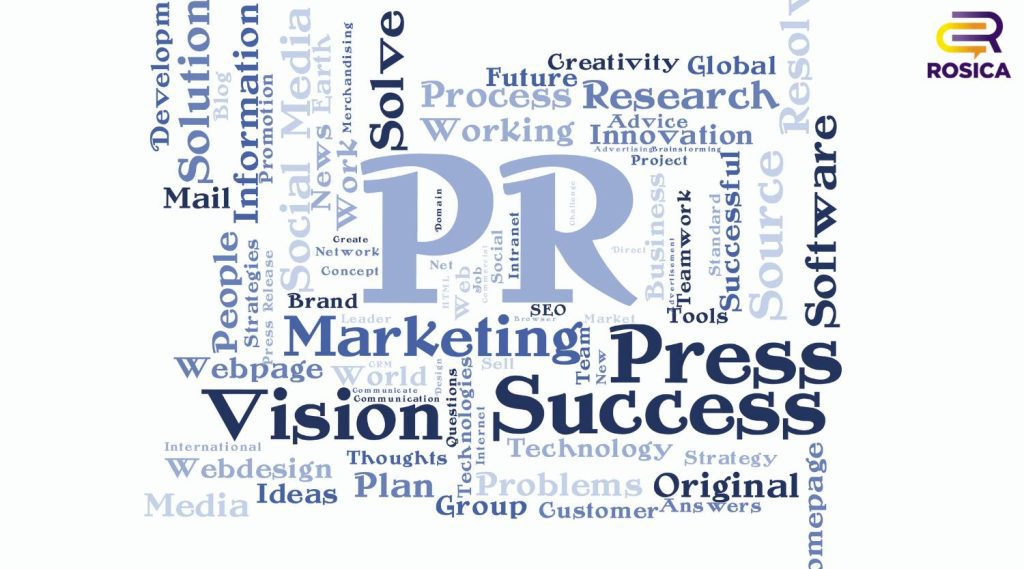Nonprofits, schools, healthcare organizations, food retailers, and animal health companies do noteworthy work every day. They run programs that change lives, improve communities, help causes, and solve urgent challenges. Yet, when it comes to earning media coverage, the program itself doesn’t always attract media attention. It’s often the people stories that do the trick.
Reporters and editors are inundated with PR pitches that include data, new products and services, and awards and recognition. While these can generate media interest, real-life stories can bring your impact to life. Whether it’s a student overcoming obstacles, a volunteer making a difference, a staff member going above and beyond, or a subject matter expert’s views, people appeal to media for their storytelling missions.
In today’s competitive media landscape, leading with the human element can make the difference between meaningful coverage and missed opportunities. As a thought leadership agency, working in the field since 1980, we’re sharing five steps to create PR pitches that put people first and turn your mission into a story journalists can’t resist.
Step 1: Identify the Right People to Feature
The first step in a people-centered PR approach is choosing individuals whose stories truly embody your work and mission. This person doesn’t have to be a celebrity or a top executive. In fact, journalists often prefer voices that feel authentic, relatable, and even unpolished (in an organic way).
Look across your organization and consider who has a story that is unique, compelling, or that captures transformation. It might be a client or beneficiary whose life has changed, a volunteer whose dedication is inspiring, or a staff member quietly driving meaningful impact behind the scenes. Community partners sometimes have untold stories that also shine a positive light on your work.
Whoever you choose should feel comfortable speaking publicly and be ready for the attention that earned media coverage can generate. A story with clear, emotional moments and someone willing to share those moments will tend to resonate more than a list of stats or facts.
Step 2: Find the Emotional Hooks
A powerful human-interest story always has a beginning, a middle, and an end. It takes the audience on a journey. More than that, it has an emotional arc. This is what transforms your pitch from an informational update into a story that a journalist can visualize and that readers or viewers can visualize.
When preparing your featured spokesperson, uncover the challenge they faced before connecting with your organization. Explore what their journey looked like, including any moments of doubt, struggle, or unexpected support. Then highlight the breakthrough or transformation that changed their lives or perspectives.
Avoid generic or overly polished language. Instead of saying, “She loves the program and it’s been great,” capture the moments that evoke emotion. Maybe she recalls the first time she read a book to her grandson after completing a literacy program, or the day a once-homeless veteran moved into permanent housing and cooked his first meal in years. These are the moments that create empathy and stick in the minds of journalists (and their readers).
Step 3: Position the Program as the Context, Not the Story
It is natural to want to explain the details of your company, nonprofit, or programs, especially if you are proud of the outcomes and scale. But in PR, programs may not drive coverage without evidence and examples of the people you’re impacting. Media outlets are not looking to run marketing copy. They want stories that are real, human, and memorable.
Your program should serve as the backdrop that makes the individual story possible. Let the personal experience lead while your initiative quietly frames the journey. This approach prevents your pitch from sounding like a brochure or grant narrative.
Consider the difference between saying, “Our literacy program serves 200 students a year with innovative instructional methods,” and communicating, “After struggling to read for years, Marcus picked up his first book and read it cover to cover thanks to a program that’s changing how his school approaches early childhood literacy.” The latter allows the audience to meet Marcus first. The program then becomes the enabler of his transformation, which makes the impact feel tangible and compelling.
Schools can amplify stories like Marcus’s with the guidance of top education PR firms, which ensure that powerful narratives like this reach the audiences or stakeholders who matter most.
Step 4: Pair the Story with a Timely Angle
Even the most moving story benefits from a newsworthy hook. Journalists are far more likely to pursue a pitch if it connects to the times. Tying your story to an awareness day, seasonal milestone, or policy shift provides a reason for media outlets to feature it now rather than later.
A literacy story may find natural alignment with National Literacy Month or back-to-school time. A volunteer narrative might resonate during the holidays or Volunteer Appreciation Week. Healthcare stories can connect to a new public health initiative or a broader national conversation.
Framing the pitch around a current event or trend gives it urgency and resonance. A journalist is much more likely to engage when they can see how your story fits into a larger narrative they are already covering. A line like, “This teacher’s innovative method is helping students gain confidence just as new national reading standards take effect,” provides that sense of timeliness and relevance.
Step 5: Support with the Assets Journalists Need
A strong story becomes even stronger when supported by the right materials. Reporters love visual elements and easy access to people and places that make the story come alive. High-quality photos or short video clips can transform a simple pitch into something ready-made for print, broadcast, or digital media.
Whenever possible, provide opportunities for journalists to see the story unfold. Inviting them to follow a subject for a day-in-the-life perspective or to witness a program in action adds depth to the coverage. Supplement this access with background context and key data points that give the story credibility without overwhelming media with the numbers.
Equally important is preparing your featured person for media interactions. Offer media coaching so they feel confident telling their story naturally, without overly scripting them. Over-rehearsing can strip away the emotional authenticity that makes human-centered PR so effective. We like to provide talk to your messaging that’s authentic and supports the story. Top nonprofit PR firms can provide media training that builds confidence and comfort, helping your spokespeople feel prepared while keeping their delivery authentic and natural.
Conclusion
People connect with people, and the media do as well. A strong human-interest story transforms your mission from abstract to unforgettable, giving journalists exactly what they need to engage their audiences.
By choosing the right people, shaping clear emotional connections, keeping your programs in supporting roles, tying the story to a timely angle, and providing the assets reporters need, your pitch becomes far more than a request for coverage. It becomes a moment of impact and highlights voices that carry your mission into the world and inspires others to tune in and care.
About Rosica Communications
Rosica Communications is a national PR firm and crisis communications agency that helps nonprofits, educational institutions, food, and human and animal health organizations drive visibility through people-powered storytelling. For decades, we have helped mission-driven brands secure meaningful media coverage by leading with heart, strategy, and compelling narratives.
We also developed the Thought Leadership Measurement Matrix™, a proprietary framework that helps organizations measure visibility, engagement, influence, and action, ensuring your communications inform and inspire.
Schedule a call with Chris Rosica, CEO and President of Rosica Communications, to learn more: https://calendly.com/rosica/30min.

